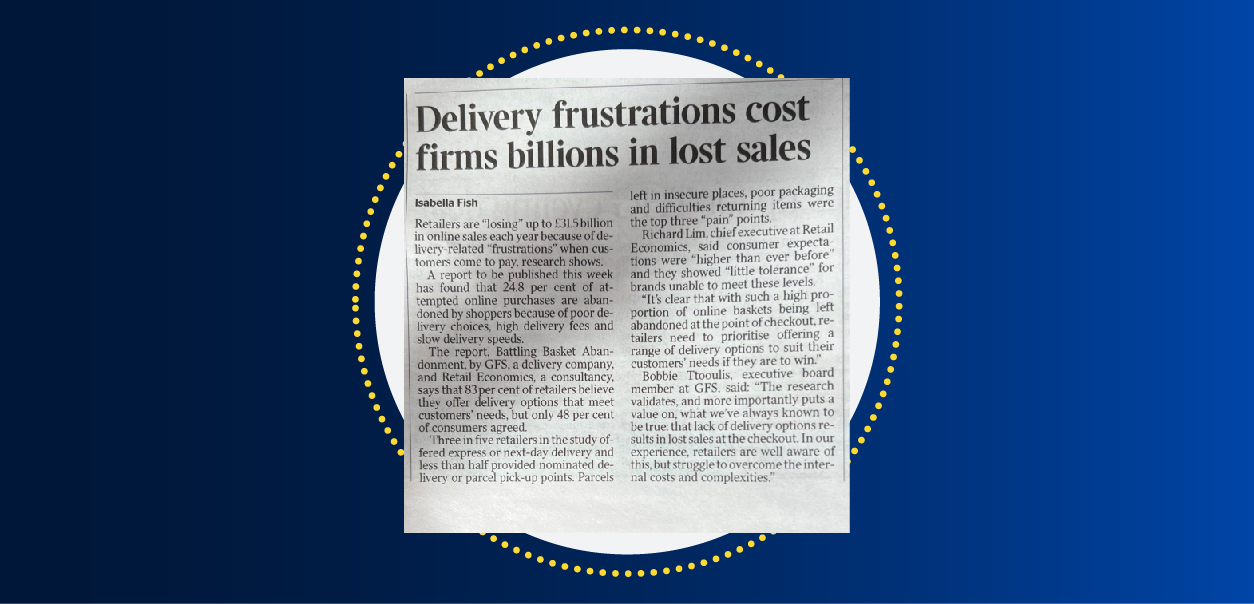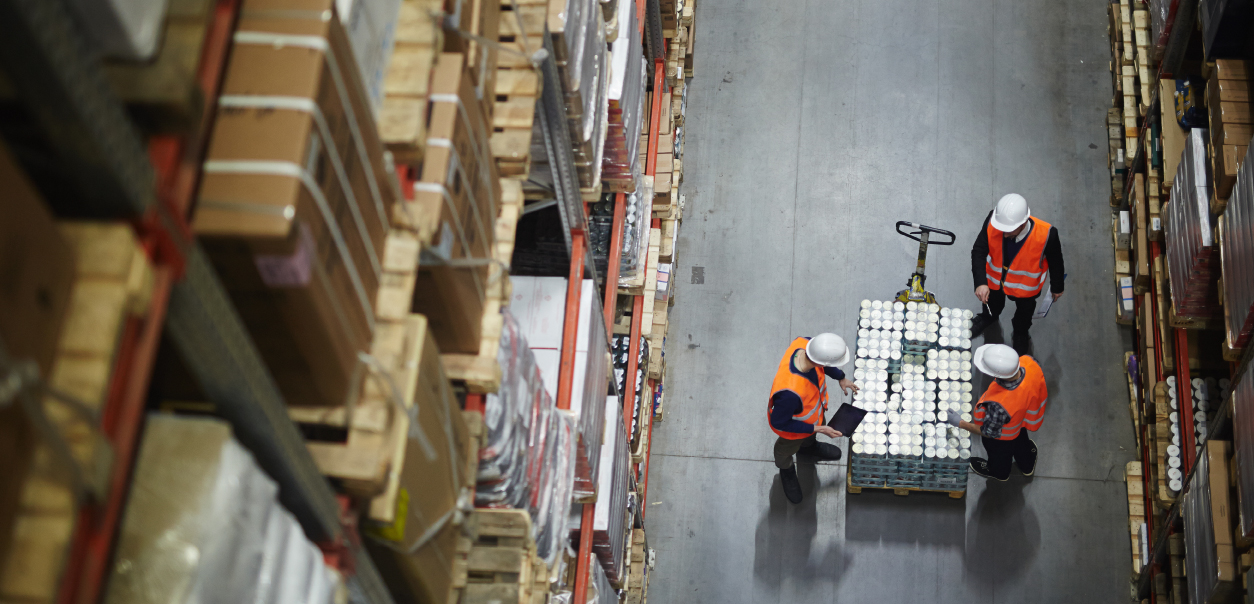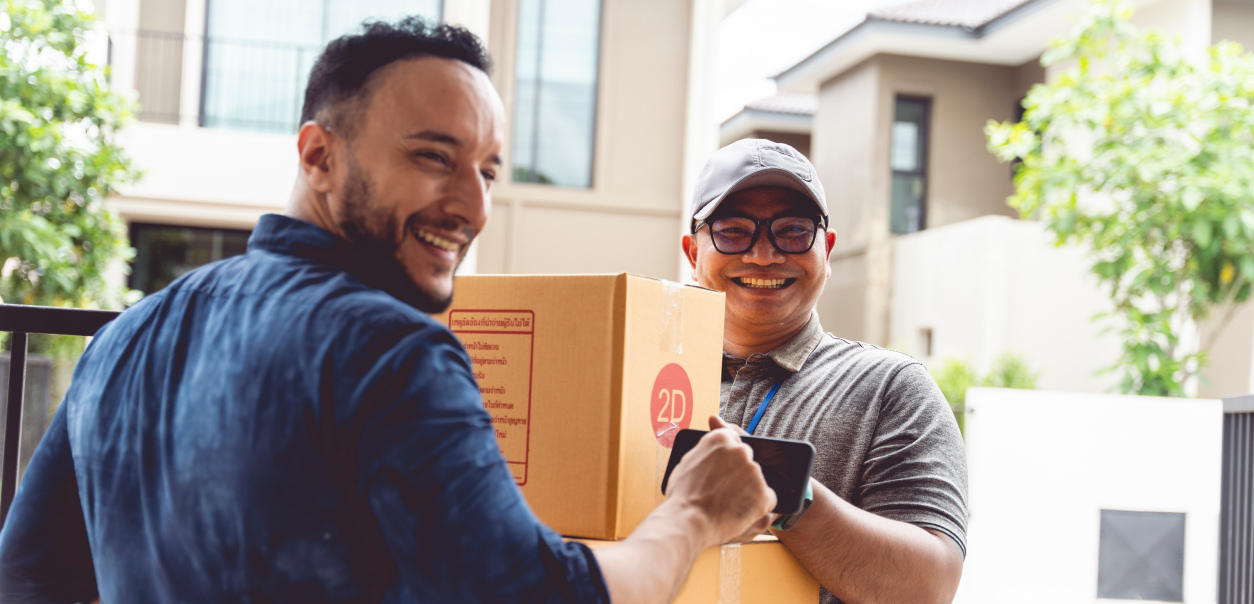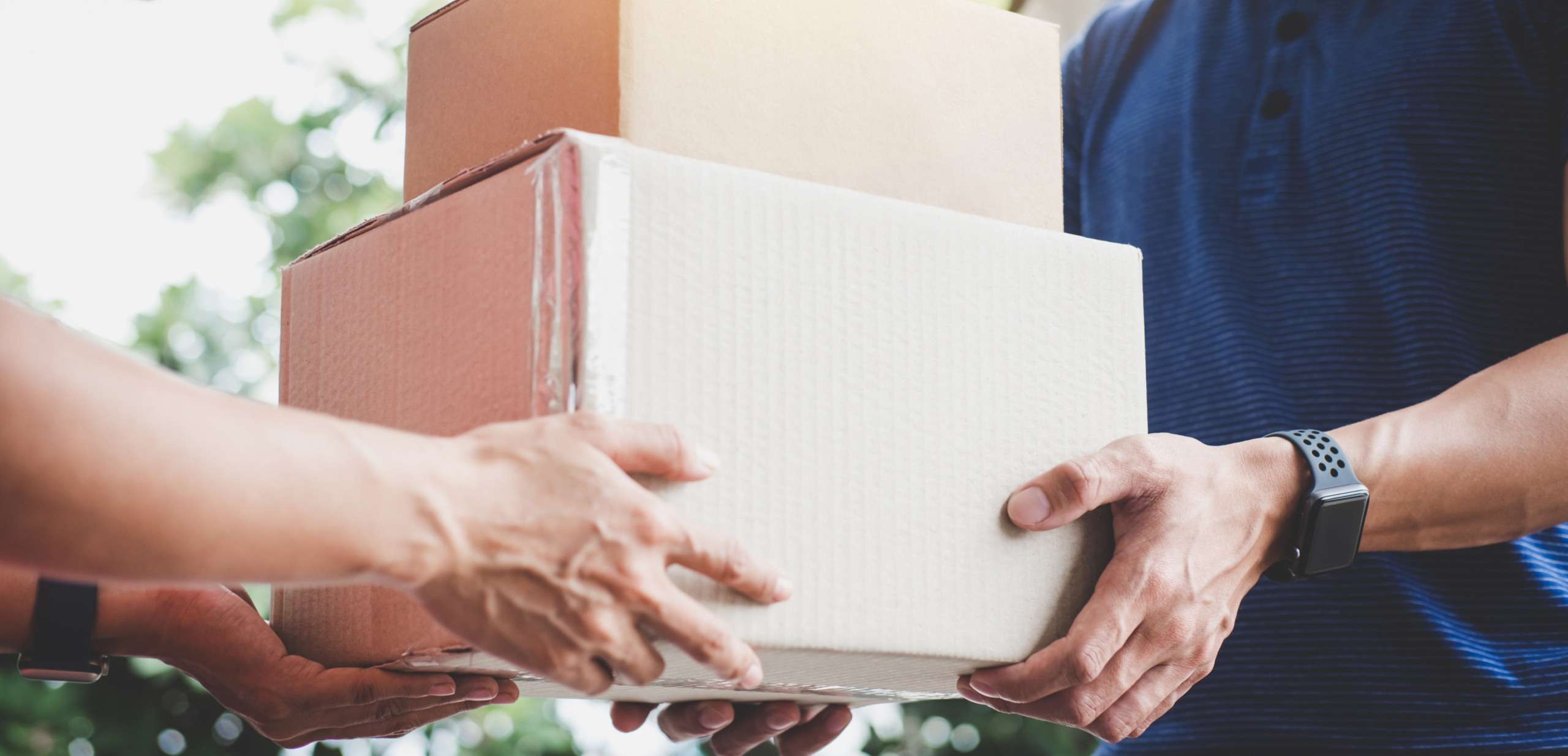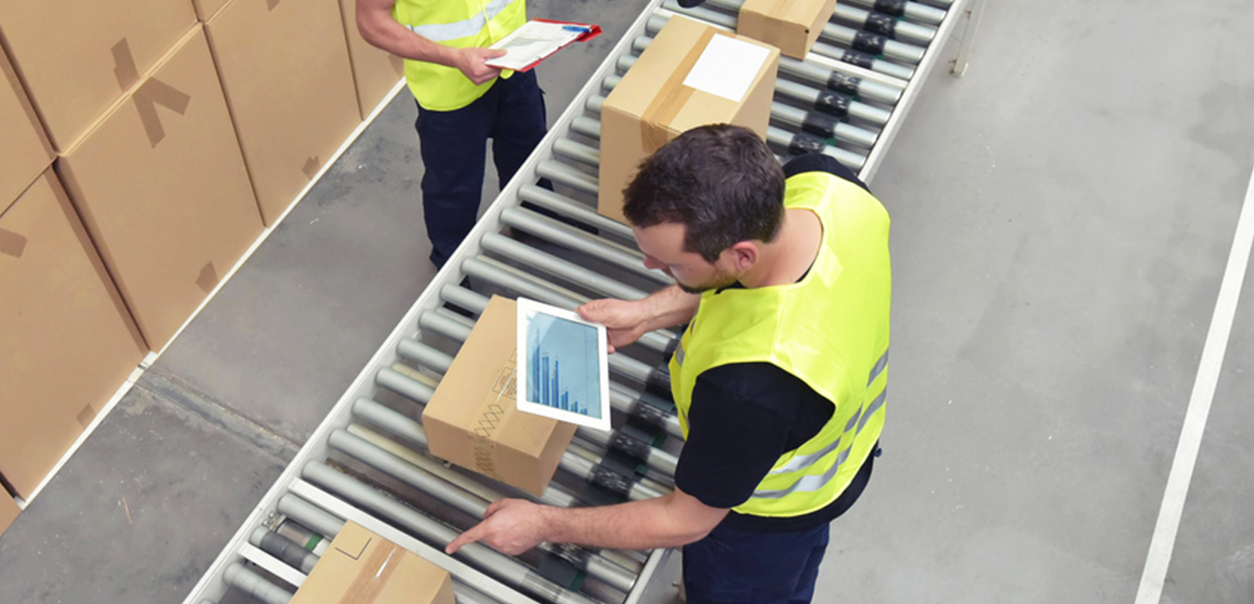

2020 has seen a seismic shift in online retail. Forced closure of bricks and mortar stores at the start of the year due to COVID-19 meant 37% of us shopped online more than ever before. As a result, eCommerce sales, which had been hovering around 20% YoY, skyrocketed to a ten-year high. Since then, retailers have been battling with a dizzying cocktail of unprecedented order levels, local lockdown restrictions and vastly reduced staff numbers in warehouses – only to be met with a second national lockdown at peak season.
As we battle through the final stretch of this difficult year, thoughts are turning to 2021. Brexit, still largely an unknown quantity, is only a matter of weeks away and with many believing COVID has changed consumer shopping habits for good, retailers could be facing the ‘perfect storm’.
Controlling delivery options at the checkout
Delivery and returns are at the heart of the customer’s online experience and will be crucial to winning their confidence as we move into uncharted territory. Retailers must not only provide great communication and transparency to their customers, but also provide them with a wide range of delivery options. This means having a detailed view of your shipments and offering options such as same day, next day, nominated day or click and collect, for example. The more delivery options, the happier the customer, and the less you need to worry about offering fast and free delivery for everyone. The additional benefit to this approach is that, if teamed with the right technology, you have the potential to add or remove delivery options depending on capacity. Controlling delivery options at checkout level will nip any capacity issues in the bud, helping to avoid bigger delays and disappointed customers further down the line.
Optimising delivery costs by using multiple carriers
The nature of an on-going pandemic means you can no longer plan and forecast in the usual way. Instead, businesses must focus on mitigating risks with robust contingency planning, ensuring they have the flexibility and agility to adapt whatever the circumstances. This means it is vital retailers work with more than one carrier to fulfil their shipments. Relying solely on one carrier is far too risky. As we saw at the peak of the pandemic, it is not uncommon for carriers to stop taking new orders or ‘switch off’ non-core services, meaning your parcels will have nowhere to go if you don’t have back-up. A multi-carrier approach also allows you to optimise delivery costs by selecting the most cost-effective carrier based on the size, weight or destination of the shipment. This means you can provide your customers with the range of services they desire whilst keeping an eye on the cost to you.
Confident international shipping post-Brexit
There is still a lot of uncertainty as to what will happen when border-free trade ends on the 31st of December, but it is likely there will be changes to customs and import/export duties. This could lead to delays and longer transit times. In preparation, retailers should check what procedures their carriers have put in place. Some will be well prepared and will require lots of information such as product EORI numbers or HS codes from you. Others may have not prepared at all. You will also want to ensure your shipping platform is set up to handle customs documentation so that you can provide your carriers with accurate data. To do this, retailers might want to consider implementing automated label printing and despatch to minimise mistakes and streamline shipping processes. This will not only save time but provide peace of mind that the parcels have the correct documentation to prevent hold-ups at customs, unnecessary fines, or the dreaded ‘return to sender’.
A multicarrier partner to provide contingency when you need it
2020 has presented huge hurdles and challenges in the world of retail, but there are plenty of lessons we can learn from the pandemic moving forward. Most important of these is to:
- Have maximum visibility of your shipments so you can identify potential issues early
- Control delivery options at the checkout
- Rely on multiple carriers for flexibility and contingency
- Ensure you and your carriers are Brexit-ready
Managing all of this whilst protecting the bottom line is perhaps the biggest challenge, especially for retailers who want to continue to grow internationally. Working with a single multicarrier provider, however, could help. With one of the widest ranges of global multicarrier services and localised international expertise, GFS will not only allow you to access hundreds of carrier services at affordable prices, but they will be managed through one relationship and technology platform. For an affordable price, this will ensure a tailored and consistent service for your customers, giving you contingency no matter what happens, or where your customers are in the world.


